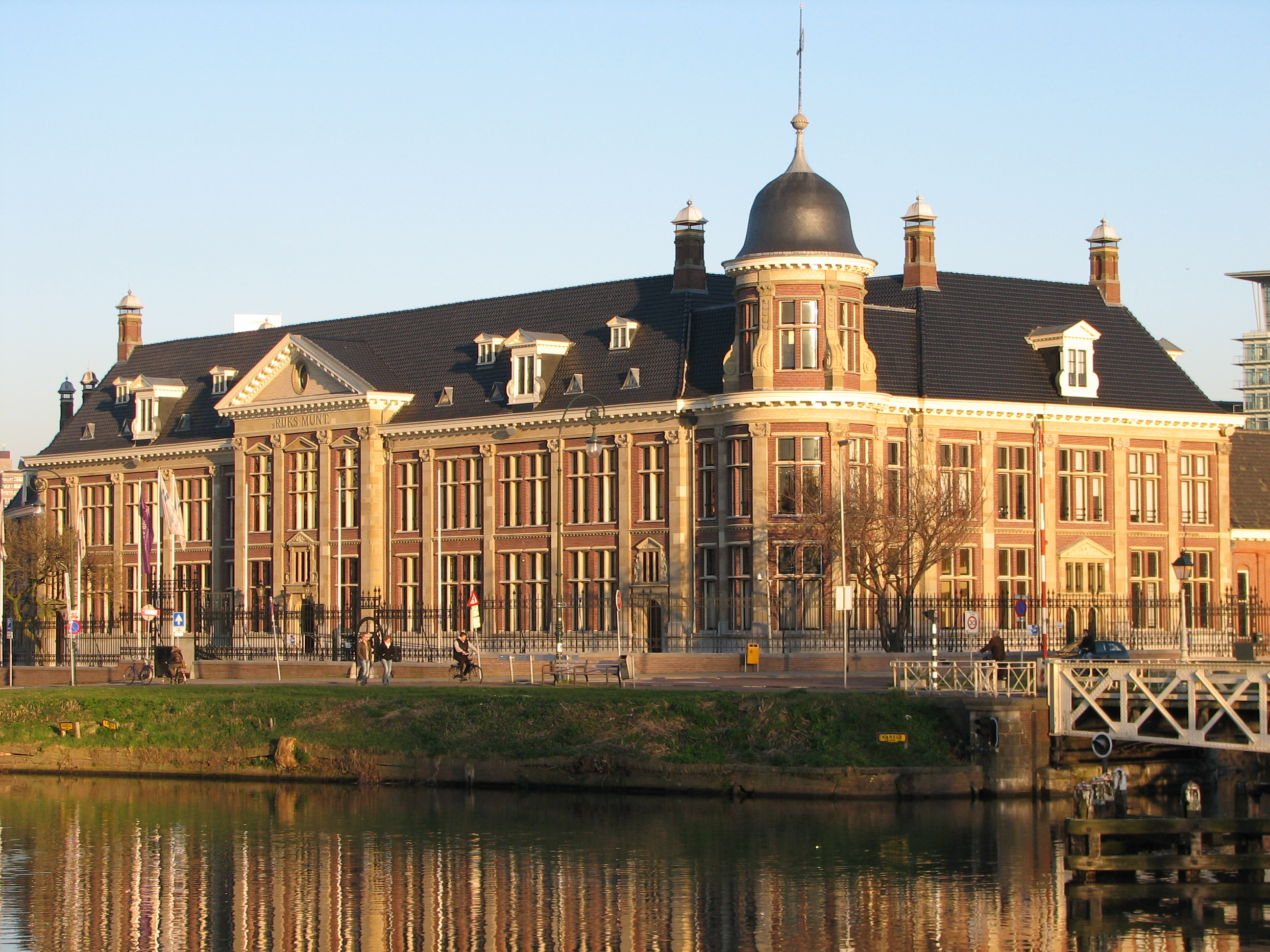Koninklijke Nederlandse Munt on:
[Wikipedia]
[Google]
[Amazon]
 The Royal Dutch Mint (''Koninklijke Nederlandse Munt'', abbreviated ''KNM'') based in
The Royal Dutch Mint (''Koninklijke Nederlandse Munt'', abbreviated ''KNM'') based in
Groep Heylen koopt Koninklijke Nederlandse Munt
press release by Koninklijke Nederlandse Munt. 22 November 2016. Visited 22 November 2016
elaborating about the Royal Dutch Mint
(in English) {{authority control Government-owned companies of the Netherlands Companies based in Utrecht (province)
Houten
Houten () is a municipality in the Netherlands, in the province of Utrecht.
Population centres
The municipality consists of the following towns:
* 't Goy
* Houten
* Schalkwijk
* Tull en 't Waal
Houten (town)
The main town in the municipality is ...
, the Netherlands
)
, anthem = ( en, "William of Nassau")
, image_map =
, map_caption =
, subdivision_type = Sovereign state
, subdivision_name = Kingdom of the Netherlands
, established_title = Before independence
, established_date = Spanish Netherl ...
, is a company owned by Heylen Group. It was established and previously owned by the Dutch state.
History
On 17 September 1806, when The Netherlands were under the rule of KingLouis Napoleon
Napoleon III (Charles Louis Napoléon Bonaparte; 20 April 18089 January 1873) was the first President of France (as Louis-Napoléon Bonaparte) from 1848 to 1852 and the last monarch of France as Emperor of the French from 1852 to 1870. A nephew ...
, he decided that the striking and distribution of coins should be by a single, national body. This was in contrast to the Middle Ages
In the history of Europe, the Middle Ages or medieval period lasted approximately from the late 5th to the late 15th centuries, similar to the post-classical period of global history. It began with the fall of the Western Roman Empire ...
custom of large trading cities having their own mint and coins, which resulted in several coins circulating within the country, and many levels of controlling bureaucracy.
Originally it was the intention to found the mint in the capital city of Amsterdam but, since there was insufficient finance available, it was decided to locate the National Mint seat in Utrecht.
After Napoleon was defeated in 1813, and the Kingdom of the Netherlands was founded with William I
William I; ang, WillelmI (Bates ''William the Conqueror'' p. 33– 9 September 1087), usually known as William the Conqueror and sometimes William the Bastard, was the first Norman king of England, reigning from 1066 until his death in 10 ...
as King, the Mint was renamed as '' 's Rijks Munt''. What is now known as Belgium was a part of the new kingdom, and a second Mint was located in Brussels
Brussels (french: Bruxelles or ; nl, Brussel ), officially the Brussels-Capital Region (All text and all but one graphic show the English name as Brussels-Capital Region.) (french: link=no, Région de Bruxelles-Capitale; nl, link=no, Bruss ...
. When Belgium achieved independence in 1839, the ''Rijks Munt'' became the only mint in the Kingdom of the Netherlands. The provincial coins had been minted before the unification of the Mint were still in circulation. Due to their relatively high intrinsic value, the "new" coins would only gain popularity with the passage of time. In 1849 the provincial coins were officially taken out of circulation.
In 1901 the company was placed under the supervision of the Ministry of Finance, and in 1912 the Mint officially became a company owned by the State. At the end of the German occupation during the Second World War, in 1944, coins were produced in the United States. This was necessary to ensure that there would be enough currency available after the liberation.
In 1994 '' 's Rijks Munt'' was renamed as ''De Nederlandse Munt NV''. It became a company, 100% of whose shares are owned by the Dutch State. The Queen awarded the company the prefix Koninklijk
or (, Dutch for 'royal') is an honorary title given to certain companies and non-profit organisations in the Netherlands and to a lesser extent Belgium, by the monarchs of each country. It was first introduced by Louis Bonaparte in 1807, then Ki ...
(Royal) five years later, and the company was now allowed to call itself ''De Koninklijke Nederlandse Munt'' (The Royal Dutch Mint). On 22 November 2016 the Royal Dutch Mint was sold to the Belgian Groep Heylen.press release by Koninklijke Nederlandse Munt. 22 November 2016. Visited 22 November 2016
Production
Since 2002 the Royal Dutch Mint has been allowed to strike coins for foreign national banks in the euro zone, and occasionally strikes coins for other countries such as Latvia, Guatemala and Honduras. Furthermore, the Dutch Royal Mint produces commemorative coins, coins intended for collectors, medals and royal decorations. The Royal Dutch Mint was also delegated the task of destroying the old guilders after their replacement by theeuro
The euro ( symbol: €; code: EUR) is the official currency of 19 out of the member states of the European Union (EU). This group of states is known as the eurozone or, officially, the euro area, and includes about 340 million citizens . ...
in 2002.
Sources and references
elaborating about the Royal Dutch Mint
(in English) {{authority control Government-owned companies of the Netherlands Companies based in Utrecht (province)
Dutch
Dutch commonly refers to:
* Something of, from, or related to the Netherlands
* Dutch people ()
* Dutch language ()
Dutch may also refer to:
Places
* Dutch, West Virginia, a community in the United States
* Pennsylvania Dutch Country
People E ...
Mints of Europe
Organisations based in the Netherlands with royal patronage
Rijksmonuments in Utrecht (city)
Organisations based in Utrecht (city)
1567 establishments in the Holy Roman Empire